Intersectionality, patriarchy, sexism and misogyny
Ageism
Racism
Classism
Disablism
Homophobia
Transphobia
Religious hate

As you were writing your essay I’m imaging that you noticed that sexism and misogyny interact with women’s identity and protected characteristics, the way that women’s particular lived experience combines creates unique experiences and forms of disadvantage. We’ll focus on a couple of main ones here and as we are discussing them try to think of examples that you have seen in newspapers, books, podcasts, films and art. Once you start thinking about it and noticing it, you can see it almost everywhere. Research and women’s lived experience shows us that women feel particular forms of discrimination depending on their age:
- Older women becoming invisible – e.g. in the media, films and wider society. They are less credible and less interesting to the male gaze as they become older. This doesn’t mean that younger women have an easier time.
- Research from the Young Women’s Trust shows that Young women are consistently being dismissed, paid less than young men and feel disempowered in social and public spaces. The competition between old and young women is a particular issue that impacts on women’s relationships – think about stories like snow white – where we are told that older women are jealous of young women’s beauty and the attention they get.
- In work Older women between 55-65 particularly difficult to find employment after caring responsibilities have ended, whereas men at a similar age still hold more status and are experienced employees. Pension inequality and Age UK research shows that 17% of women pensioners live in poverty.
Many Black women have written really clearly and strongly on particular racist forms of sexism and misogyny – coining the term misognoir.
- Fetishisation of black women’s bodies
- Angry black women stereotype, or sassy friend or when intersecting with age – the sexless mama portrayal in films when larger older black woman are in roles looking after white children, e.g. in The Help.
Classism:
- Particular judgement on teenage parents (ageism) or single working-class mums
- Child benefit cap being a particular policy that can be identified as classist, misogynistic as is particularly penalises poor women and disproportionately impacts on women from migrant and other racially minoritised backgrounds who may have bigger families.
Homophobia:
- Impact on lesbians who are either ‘too butch’ for sexist beauty standards or if they are more femme are often harassed on the basis of being sexual entertainment for men, or not having had the right man yet to be turned etc.
- Within the LGBT communities, men are often called upon to be spokespeople for the movement, lesbians, trans and other queer women being excluded from LGBT spaces, effeminate men being judged by people within and without the gay scene.
Disablism:
- BWV’s trustee’s thesis research found that for every man you need to have two disabled women in the room to have their voices noted/equally heard.
Transphobia/Transmisogyny:
- Transpeople face misogyny from within and without LGBT communities in part due to judgements of what a ‘woman should look like’.
- Transgender women face harsher levels of discrimination than other transgender people. A study on workplace experiences after people receive sex changes found that trans women, on average, lose almost one third of their salary (see Gender pay gap in the United States), are respected less, and receive more harassment. At the same time, trans men often experience salary raises and greater authority in the workplace.[10]
Religious hate:
- Women in the hijab more likely to experience sexual harassment
- Islamophobia more likely to be directed to women than men
- Exclusion of women from positions of power

